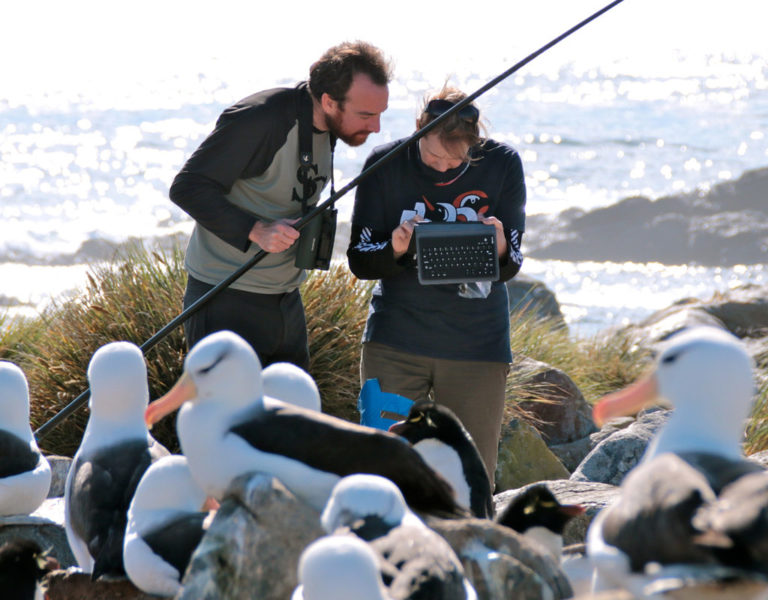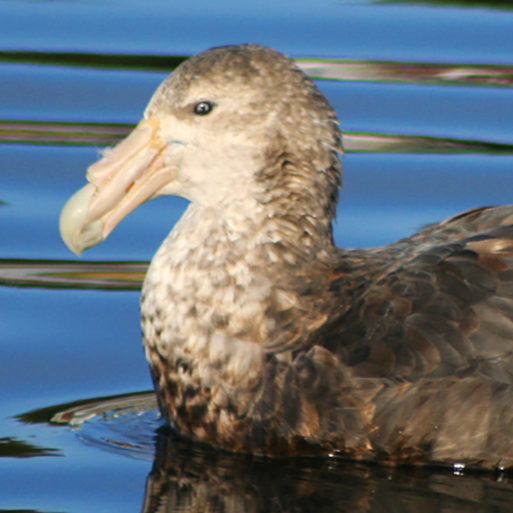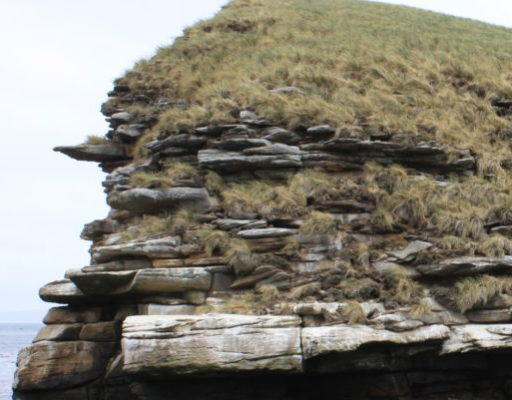
PROJECT
SEABIRD MONITORING
The Falkland Islands Seabird Monitoring Programme has been around, in one form or another, since 1989/1990. Today, it is an annual event visiting a number of sites around the Falkland Islands to count penguins, albatrosses and petrels. The Programme provides estimates of trends in the numbers of breeding pairs, as well as breeding success, and is critical in understanding what is happening to a number of the globally significant seabird populations supported by the Islands.

Annual Seabird Monitoring Reports
The Falkland Islands Seabird Monitoring Programme reports are now available to download.
The Falkland Islands support large seabird populations of global importance; both numerically, and in terms of conservation status. The Islands are home to the world’s largest breeding populations of Black-browed Albatross and Southern Giant Petrel, as well as significant concentrations of Gentoo Penguin and Southern Rockhopper Penguin.
The Falkland Islands Seabird Monitoring Programme (FISMP) provides annual estimates of breeding numbers in November and breeding success (chick numbers) in January at a number of monitored sites across the Islands. The monitoring results feed directly in to assessing the international conservation status (IUCN), and over the life time of the programme there have been positive changes for our seabirds; Black-browed Albatross were moved off the ‘Endangered’ list to ‘Least Concern’, as well as the Gentoo Penguin, recently downgraded from ‘Near-Threatened’. The Southern Rockhopper Penguin remains ‘Vulnerable’ due to large population decreases over the last century.
The programme also monitors Magellanic Penguin, Imperial Shag, King Penguin, Southern Giant Petrel and recently Falkland Skua.
The changing fortunes of these important Falkland Islands species demonstrate how critical regular monitoring is, not only to give an indication of the general state of seabirds as a whole across the Falklands, but also to identify significant changes that may alter their overall conservation status – and it is easy to see how changes to the Falklands populations can impact the global conservation of these species.
FISMP was initiated in 1989/90 and although many of the sites have remained the same, monitoring has developed to include new technologies such as drones. The far flung colonies are accessed via land, planes and boats, typically taking 8 weeks spread through the summer months with up to 12 staff and volunteers and the support of local landowners.

Oiled Seabird Rehabilitation Facility
Our philosophy with wildlife is to let nature take its course and not to disturb. However when man-made threats (such as oil pollution or marine debris) impact on wildlife we try to reduce the impacts to the best of our ability.

Island wide census

FC Sites





